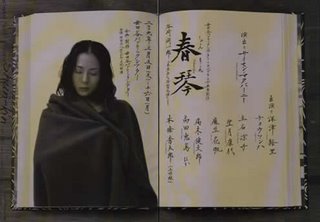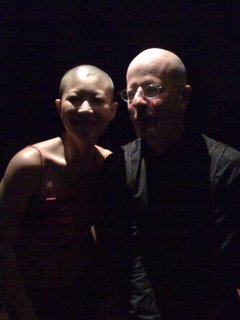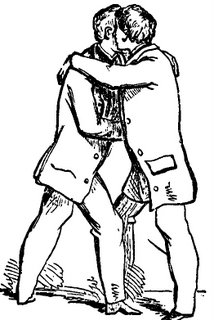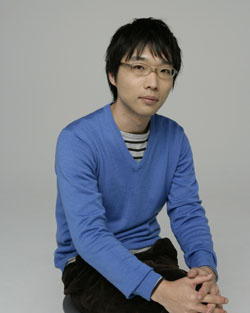
Met with the curator at the
Setagaya Public Theater, a powerful institution doing major work with strong community connections, centered in a helpfully well-off suburb of Tokyo. Saw a bit of the piece to the left through the window of the control booth as they readied it for its premiere tomorrow and it was gorgeous. Hoping to get snuck in to see it before I leave, although it's been sold out for a while.
I was told that the nature of the 'classical' music community here is very conservative (is that different anywhere else?), and that they really aren't interested in doing new work (again, is that different anywhere else?). The curator told me of her husband's CD collection, exemplified by the three complete Beethoven sets, so I gave her a
Little Girl CD to improve its balance, at least a bit. There is a Japanese translation of that opera's libretto, would love to reproduce the piece here in what would be its third
vulgaris, had a native Japanese opera singer (the marvelous Mariko Wakita) starring in the German production so already halfway there. But was also told a funny story about how they deliberately made the acoustics in their theater unacceptable for music so as to not compete with the real music hall in the vicinity and possibly upset its major corporate sponsors.
The first major TPAM schmoozefest happened today. Met a variety of interesting and genuinely warm and interested people. This was followed by a showcase performance of two singer songwriters, one very calm with somewhat surreal lyrics and the other quite intense, an older
Mikami Kan playing electric guitar with an idiosyncratic and quite rhythmically irregular and dynamically angular style. Enjoyed both, but noticed that only one had English translation supertitles. This turned out to be by design as the electric performer's somewhat severe music style was matched by his stories: (1) we are all going to die die die (2) old woman having sex with a much younger man, both kill each other (3) 60 year old man having sex with a young woman, dies at orgasm (4) rape victim goes back to be raped again and again until she drives the rapist away (5) well, that's all I remember. But I do remember him in Merry Christmas, Mr. Lawrence as well.
In the evening, attended a ritual Buddhist performance, a long monodic line passed between a soloist, a choir of 20 and a smaller of 8, punctuated by repetitive hand movements, perfect moments of percussion, candle-lighting. Have just been reading Anthony Burgess's biography where he tells of giving up composing for writing and how the latter is so much simpler, being a single line instead of a complex counterpoint, but interesting to see and remember how rich and powerful a single line of music can be.
Labels: japan









